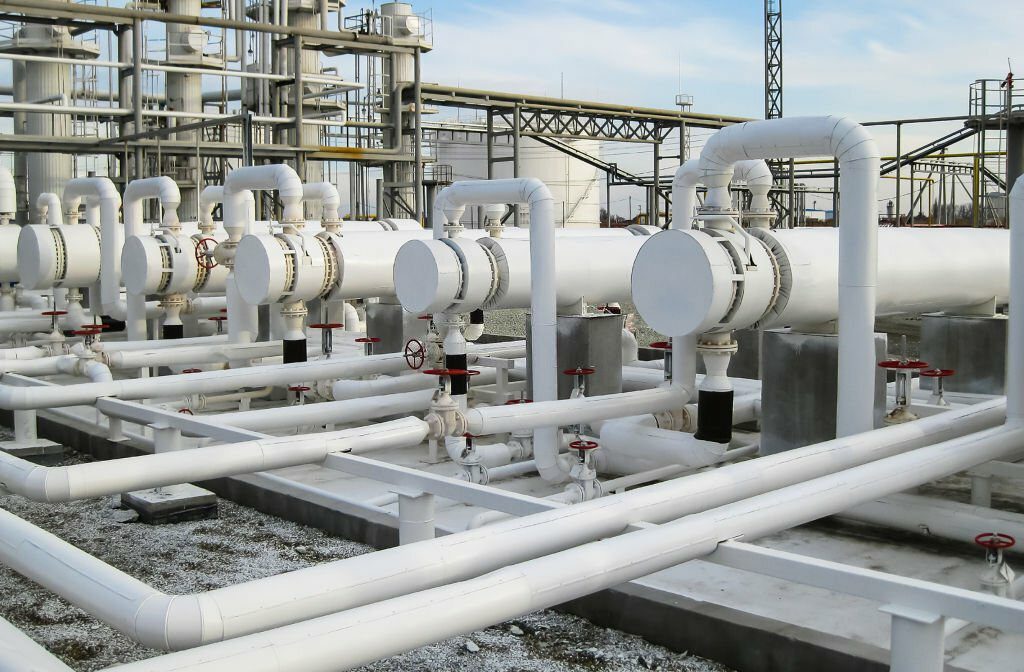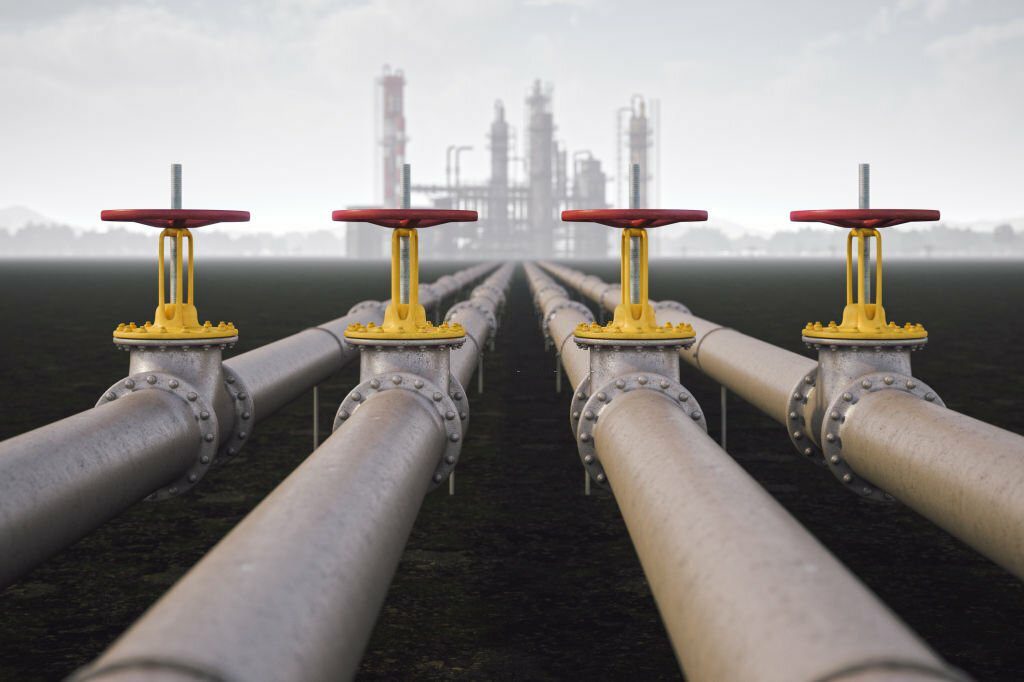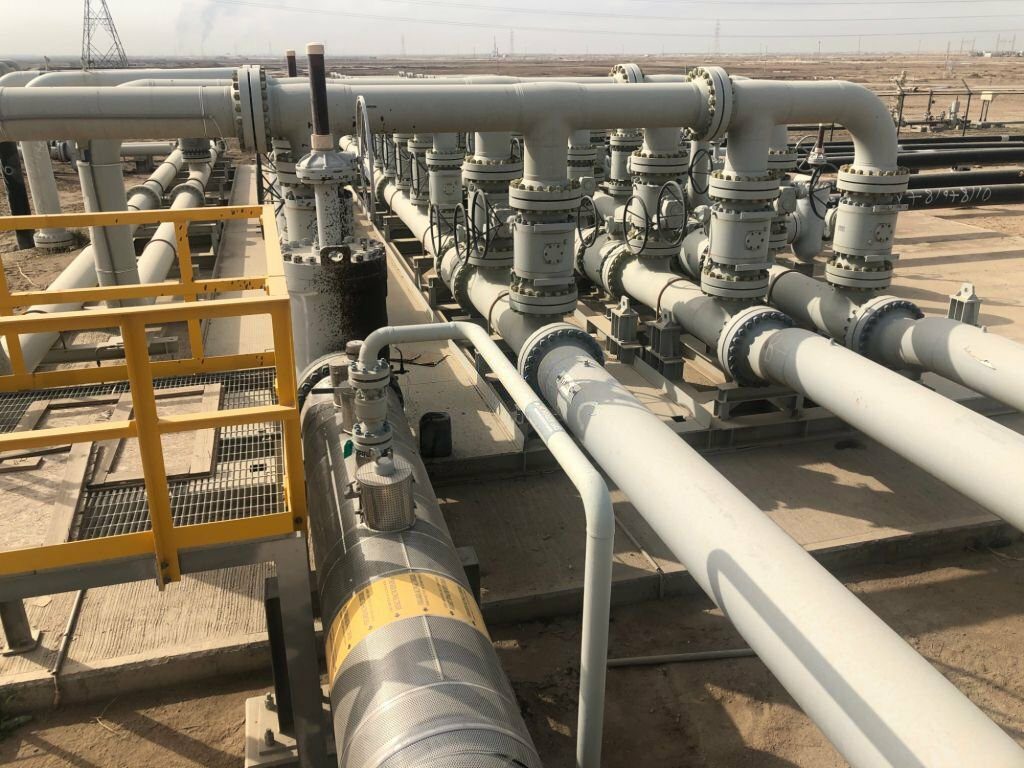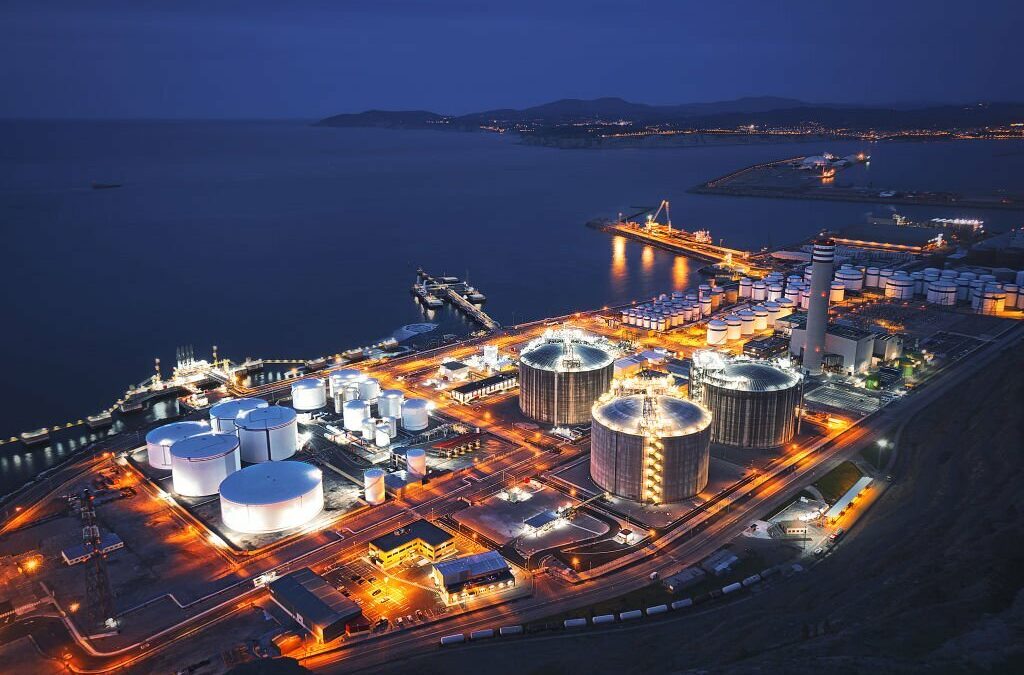In an era marked by rapid technological advancements, the oil and gas industry is undergoing a transformative shift with the integration of advanced automation technologies. These innovations not only enhance operational efficiency but also play a crucial role in future-proofing oil and gas operations.
The advent of automated production systems has revolutionized upstream oil and gas operations. These systems leverage sophisticated sensors and control mechanisms to monitor and optimize the extraction process. Automated drilling rigs can make real-time decisions to enhance drilling accuracy and efficiency.
Advanced automation ensures precise wellbore placement, minimizing environmental impact and maximizing resource recovery. This not only improves operational outcomes but also aligns with sustainability goals by reducing the ecological footprint of extraction activities.
The implementation of automated production systems is a strategic move toward operational resilience. By reducing the dependency on manual interventions, these systems enhance safety by minimizing the exposure of personnel to hazardous environments. The result is a more robust and future-ready approach to oil and gas extraction.
The integration of remote monitoring and control systems is a game-changer in the midstream sector. These systems enable real-time monitoring of pipelines, storage facilities, and distribution networks. Advanced sensors collect data on factors such as pressure, temperature, and flow rates, allowing for predictive maintenance and rapid response to potential issues.
The shift toward remote operations not only improves the overall safety of oil and gas infrastructure but also introduces cost efficiencies. Companies can remotely monitor and control multiple sites from a centralized location, reducing the need for extensive on-site personnel and minimizing downtime.
Remote monitoring and control empower oil and gas companies with unparalleled visibility and operational control. The ability to make informed decisions based on real-time data enhances overall system reliability. As the industry continues to embrace digitalization, remote operations become a cornerstone for future-proofing advanced oil and gas technologies operations against disruptions.



Predictive maintenance, fueled by artificial intelligence (AI), is redefining how oil and gas companies manage their assets. Machine learning algorithms analyze historical data to predict equipment failures before they occur. This proactive approach minimizes unplanned downtime, extends the lifespan of critical assets, and optimizes maintenance schedules.
AI-driven predictive maintenance not only reduces operational costs associated with unscheduled shutdowns but also contributes to a more sustainable and environmentally conscious industry. By maximizing the efficiency of advanced oil and gas technologies equipment, companies can achieve production goals with fewer resources and less environmental impact.
The predictive power of AI in maintenance extends beyond cost savings. It facilitates a transition to a more circular and sustainable oil and gas economy. By optimizing the use of equipment and minimizing waste, AI-driven predictive maintenance aligns with the broader industry trend toward responsible and eco-friendly operations.
The concept of digital twins involves creating virtual replicas of physical assets or systems. In the oil and gas industry, digital twins provide a holistic view of operations, from reservoirs to refineries. By simulating real-world scenarios, operators can assess the potential impact of decisions before implementation.
Digital twins are instrumental in risk management and scenario planning. They enable companies to visualize the consequences of different operational strategies, contributing to more informed decision-making. This technology is particularly valuable in complex and dynamic environments, where uncertainties can have significant consequences.
The use of digital twins goes beyond visualization; it fosters a culture of continuous improvement. By analyzing data from the virtual replicas, oil and gas companies can iteratively enhance their operational strategies. This iterative approach is key to adapting to evolving market conditions and ensuring long-term viability in a rapidly changing industry.
In conclusion, the integration of advanced automation technologies is reshaping the landscape of the oil and gas industry. From upstream extraction to midstream transportation and downstream processing, automation enhances efficiency, safety, and sustainability. Embracing these innovations is not merely a technological leap; it is a strategic imperative for companies aiming to future-proof their operations in a dynamic and competitive energy landscape.
Was established in 1986, our primary business revolves around Independent Controls and Information Systems Integration.
Developed by Ish
